Fall Lawn Seeding Plan for Failure
Doc explains that fall lawn seedings can many times fail and we must be prepared with a plan B when this happens. Weather can ruin a fall seeding as well as many other factors and just be prepared with a second round of seed just in case.
Fall Seeding Video
Free Lawn Care Guides
Click the picture below and then select the guide you need.
Lawn ALIVE™
Electric Hand Spreader
New – DGL Dark Green Lawn
All fast release 25-0-0 + 6% iron.
PGF Complete 16-4-8 Lawn Fertilizer
This is the main fertilizer for ALL lawns during the growing season. Warm season and cool season lawns.
HUMICHAR…
Should be applied to ALL LAWNS and can be applied as heavy and as often as you like. It contains NOTHING that can hurt your lawn and is 50/50 mix of biochar and humic acid.
Killing Grubs and Army Worms with the Double Kill Doucide
Preventative products should be used in the late summer. Killing products work best in the spring. The product below can be applied anytime of the year to kill grubs.
GreenShocker Fast Acting Granular
GreenShocker is a granular, all fast release, fertilizer supplement.
Dirt Booster Plus for Lawns and Gardens
PGF Balance 10-10-10
A professional grade 10-10-10 with tiny particles, micro nutrients, and iron. Great first step for late winter.
Spray Bottles
BOTH BOTTLES ARE ON THIS LISTING
Granular Fungicide for Lawns
Lawn Hose End Spray Bottles
WARNING: Use only the 20:1 ratio bottles and do not pay more than $19 for TWO bottles. When out of stock, others will charge up to $40 if out of stock. Simply wait until they come back in stock from Andersons.
Green Dye Doc Uses
Uses gloves and if you get on your hands, wash with a bleach kitchen cleaner and soap to remove.
Large Spreader Used – Top Pick for 2025
Probably one of the best VALUES for a large spreader with huge wheels.
Lawn care tips and Bermuda lawn care.
Fall is an ideal time for lawn seeding because cooler temperatures and increased moisture create optimal conditions for grass germination and growth. Here are practical tips for successful fall lawn seeding, based on current best practices:
Choose the Right Time:
Seed in late summer to early fall (typically mid-August to early October, depending on your region). Aim for 6-8 weeks before the first expected frost. Soil temperatures should be 50-65°F for cool-season grasses (e.g., fescue, ryegrass, bluegrass) or 65-75°F for warm-season grasses (e.g., Bermuda, zoysia).
Check local weather forecasts to avoid seeding during heatwaves or heavy rain.
Select the Right Grass Seed:
Choose a seed variety suited to your climate, soil, and lawn use (e.g., high-traffic areas need durable blends like tall fescue).
Opt for high-quality seed with a high germination rate and low weed content. Check the seed label for purity and germination percentage.
Consider blends for better resilience (e.g., mixing Kentucky bluegrass and perennial ryegrass for cool-season lawns).
Prepare the Soil:
Test Soil: Use a soil test kit (available at garden centers or through extension services) to check pH and nutrient levels. Most grasses thrive at a pH of 6.0-7.0. Amend with lime (to raise pH) or sulfur (to lower pH) as needed.
Clear Debris: Remove weeds, rocks, and dead grass. Mow the lawn short (1.5-2 inches) to reduce competition.
Aerate: Use a core aerator to loosen compacted soil, improving seed-to-soil contact and water penetration. Aerate when soil is slightly moist, not wet.
Rake and Level: Rake away debris and level uneven areas. For bare spots, add a thin layer of topsoil or compost (1/4-1/2 inch).
Seed Application:
Calculate Seed Amount: Follow the seed bag’s recommended seeding rate (e.g., 5-10 lbs per 1,000 sq ft for cool-season grasses, less for warm-season). Over-seeding an existing lawn requires about half the rate of new lawns.
Use a Spreader: Apply seed evenly with a broadcast or drop spreader. Split the seed into two batches and spread in perpendicular directions for uniform coverage.
Lightly Rake: Gently rake or drag the seed to ensure contact with the soil, but don’t bury it deeper than 1/4 inch.
Water Properly:
Keep the soil consistently moist but not waterlogged. Water lightly once or twice daily for the first 2-3 weeks until germination. Make sure you water at sunset lightly.
After seedlings emerge, reduce watering to every other day, gradually transitioning to deeper, less frequent watering (1 inch per week).
Fertilize:
Use a MILD, fine particle fertilizer like DGL or Green Shocker which are all fast release and apply every 2 weeks at a light rate.
Control Weeds and Pests:
Avoid pre-emergent herbicides before or during seeding, as they prevent grass seed germination. Hand-pull weeds or use a post-emergent herbicide safe for new grass (check labels).
Monitor for pests like grubs, which can damage young roots. Use organic or chemical controls if needed, but only after seedlings are established.
Mow Carefully:
Wait until grass reaches 3-4 inches before mowing. Set the mower blade high (2.5-3.5 inches) to avoid stressing young grass.
Ensure blades are sharp to prevent tearing seedlings.
Protect the Area:
Keep foot traffic to a minimum for 4-6 weeks to avoid compacting soil or displacing seeds.
Use temporary barriers or signs to deter pets and people from walking on seeded areas.
Monitor and Maintain:
Expect germination in 5-30 days, depending on grass type (ryegrass is faster; bluegrass is slower). Thin or patchy areas may need overseeding.
In spring, follow up with regular maintenance: fertilize, aerate, and address any weed or pest issues.
Regional Considerations:
Cool-Season Regions (e.g., Northeast, Midwest): Focus on cool-season grasses like tall fescue or Kentucky bluegrass. Early fall is best.
Warm-Season Regions (e.g., Southeast, Southwest): Seed warm-season grasses like Bermuda in late summer/early fall, or overseed with ryegrass for winter color.
Transition Zones: Choose grasses suited to your microclimate (e.g., tall fescue or zoysia) and monitor soil moisture closely.


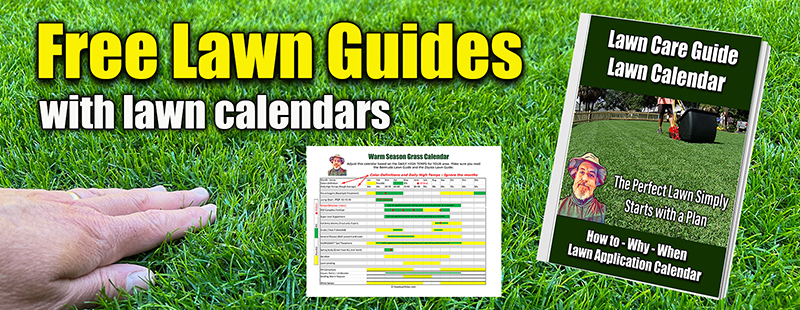

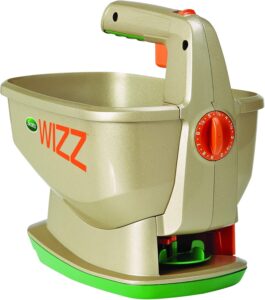
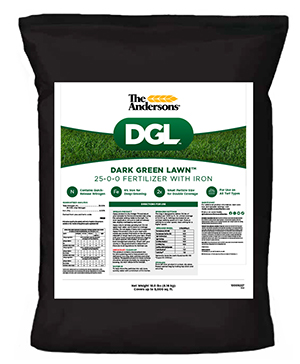
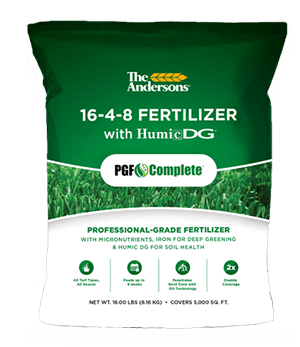
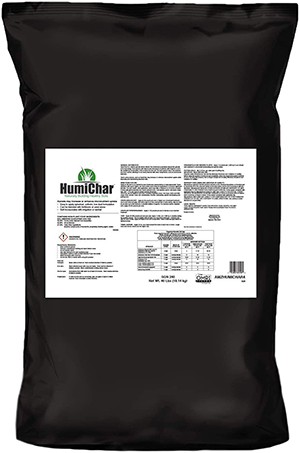
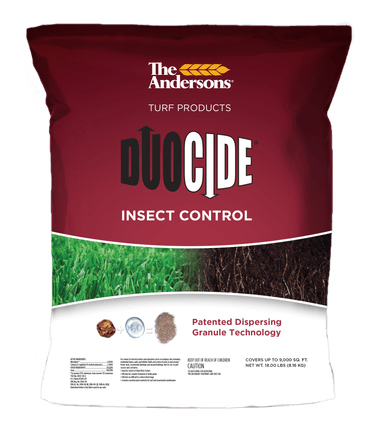
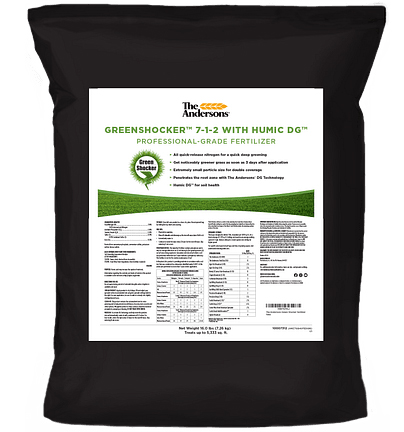

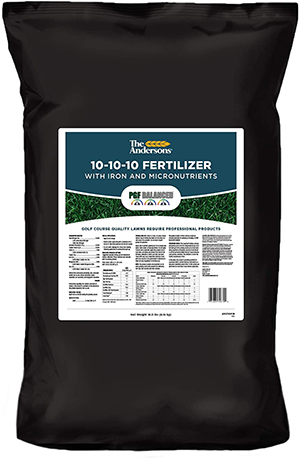

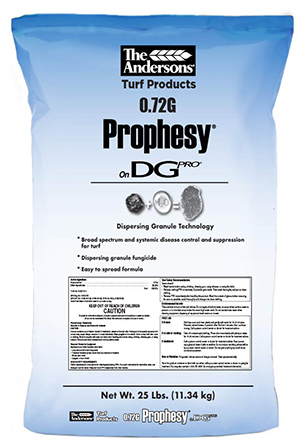
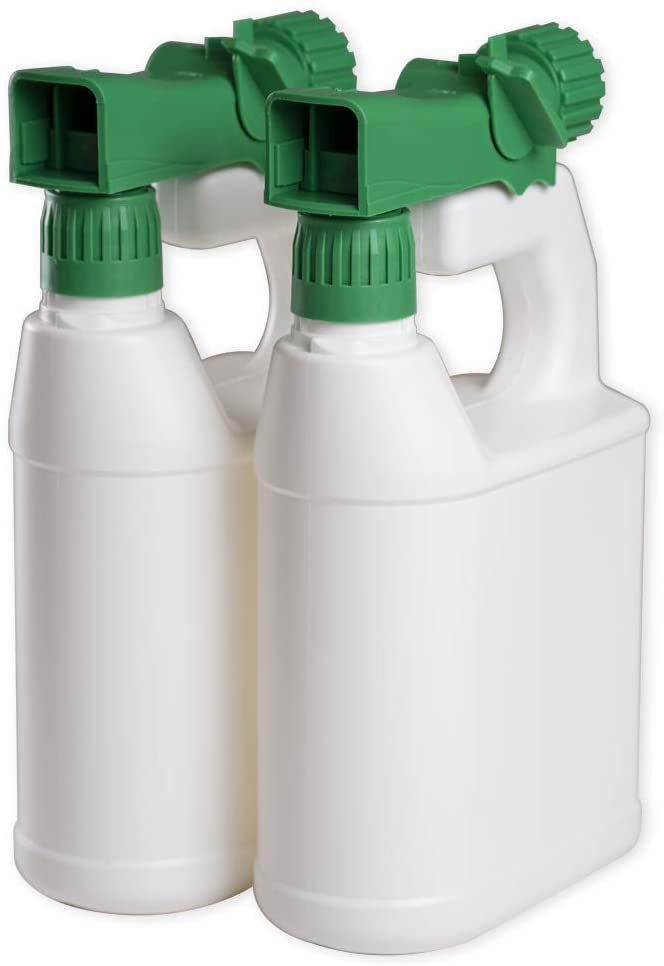
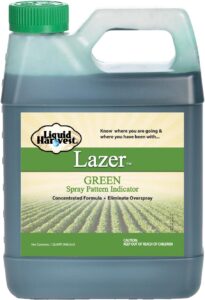
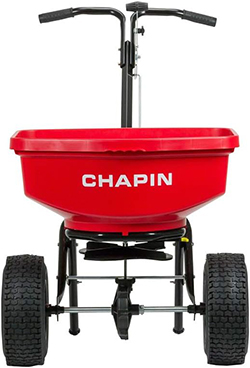


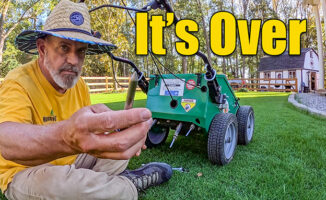

Doc,
That pepper is a Shishito pepper. My wife also had an allergic reaction to them. Planted them last year. Bonnie plants from Lowe’s if I remember correctly. Don’t know how common the reaction is but you’re the first person to say anything about it and it’s the exact same pepper. I wonder how common the reaction is. Won’t be planting them ever again.
I live in South Carolina, When is a good time to place grass seeds down and which one would you recommend? I am in USDA Growing zone 9a.
Thank you in Advance for your assistance.
My name is Greg. I live in Wilmington, N.C. I have an eight-year, established Turfway 419 Bermuda grass lawn. For the past several years I have been battling two major problems: 1. Zoysia grass invading my lawn. a. Zoysia intermixed with the Bermuda in multiple areas, physical removal of the infected area is not a desirable option b. Based upon the recommendation from the NC Cooperative Extension folks, for the last two winters now (January or February), while the Bermuda was dormant, I have applied an herbicide mix (tenacity + glyphosate (41%) + sufficient (Methylated Seed Oil) that has yielded too little success. I… Read more »